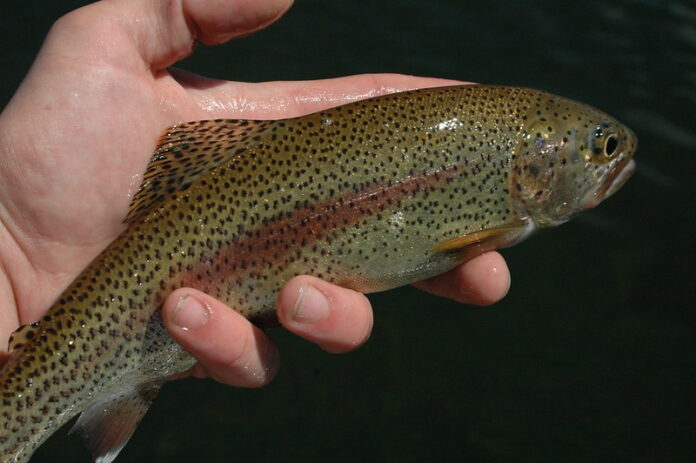Study maps microbiota across rainbow trout tissues, highlighting new markers for farmed fish health.
A new peer-reviewed study has mapped how bacterial communities differ across body parts of farmed rainbow trout, with findings that could help producers better monitor fish health and environmental conditions.
Published in Scientific Reports on 15 July, the research shows that the microbes living in a trout’s gut, gills, skin, and mouth vary widely — with gut bacteria being the most distinct and stable, and skin and gill bacteria more influenced by the surrounding water.
The study found that the intestine hosts a consistent microbiota dominated by Mycoplasma, suggesting it reflects the fish’s internal physiology. In contrast, bacteria on the skin and gills closely mirrored those found in the water and tank biofilms, indicating potential as indicators of farming conditions such as water quality or disease exposure.
The findings suggest that fish farmers could eventually use microbiota analysis as a practical tool: the gut bacteria may serve as a reliable indicator of the fish’s overall health, while the skin and gill microbiota could help detect changes in water quality or early signs of disease. Because these tissues respond differently to internal and external factors, sampling the right one for the right purpose could improve health monitoring on farms.
The study was carried out on 15 rainbow trout reared in tanks at IRTA in Catalonia, Spain, under controlled conditions. Microbiota samples were taken from multiple body sites and compared with samples from tank water and biofilms.


